Early women coin collectors
by Dr Andrew Burnett, Chairman of Royal Mint Museum Board of Trustees
Most coin collectors have been men. However, there have also been a surprising number of women who owned great collections, especially outside Britain, since coin collecting was one of the few activities that the social attitudes of the past permitted women to undertake. When Queen Christina of Sweden abdicated in 1654, she moved to Rome, taking her coin collection with her, and for many years she surrounded herself with many numismatic admirers.
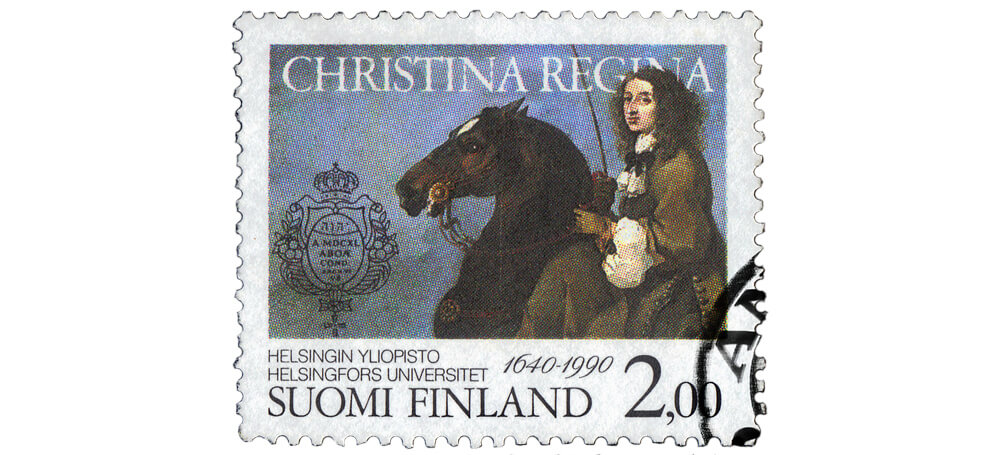
Queen Christina of Sweden featured on a commemorative stamp issued in 1990 to celebrate the 350th Anniversary of the University of Helsinki.
Another well-known one was Princess Elisabeth Charlotte (1652-1722), the wife of the Duke of Orléans in France, and better known as Liselotte. She wrote thousands of letters (another permitted activity), and often mentions the pleasure her coin collection gave her. She owned almost 1000 gold coins, and, she wrote, ‘I amuse myself by hearing learned men discuss them, and I have the inscriptions that are on the back translated to me. This interests me greatly.’ In the terrible winter of 1709, she wrote to her aunt to say how pleased she was to receive her aunt’s present of some coins. ‘You cannot imagine what a great delight it is for me. I spend some entire days with them.’ There wasn’t much else to do.
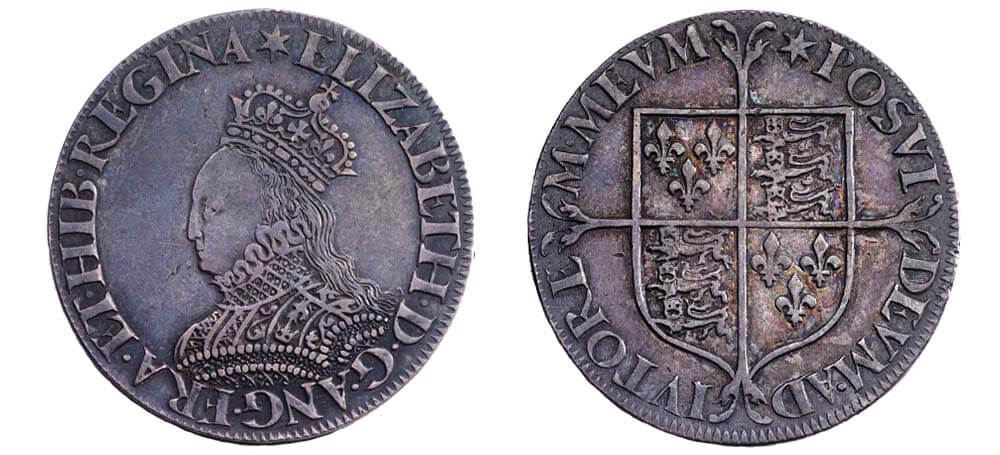
Elizabeth I shilling.
Female coin collecting might seem to have got off to a good start in Britain, as one of the earliest collections we know about belonged to Queen Elizabeth I (reigned 1558-1603). It was recently discovered that she had inherited a collection of Roman coins from her father King Henry VIII, but she does not in fact seem to have been very interested in them. However, she was a very clever and well-educated woman – one of her tutors had been Roger Ascham, a keen coin collector - and, when she was offered some more Roman coins in 1561, we are told that ‘she looked on them all and called their names, and scanned out many of their devices’. Male members of the British royal family have, over the centuries, shown disappointingly little interest in coin collecting, unlike their continental peers. However, some of their wives have done so, and it is perhaps not surprising that they had usually been brought up abroad. One was Queen Caroline, the wife of King George II (reigned 1727-60), originally Princess Caroline of Brandenburg-Ansbach (1683-1737). Another was her daughter-in-law, Augusta, Princess of Saxe-Gotha-Altenburg (1719–72), who married Prince Frederick, George II’s eldest son in 1736, and so became Princess of Wales and mother of the later King George III.
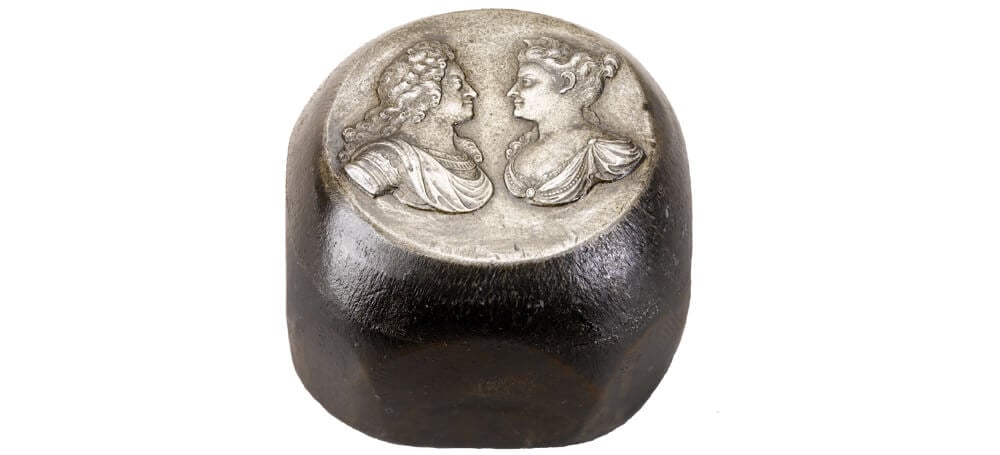
Master punch for the medal commemorating the Royal Family, 1732 featuring the busts of George II and Queen Caroline.
Not all female collectors were royal or aristocratic, although they are the ones we tend to hear about since they had the means (provided of course by their husbands) to acquire collections that were good enough to attract comment. Other rich women had good collections, and in the early 18th century, it was recognised that two of the best collections of English coins were owned by women. One was an aristocrat, the Countess of Pomfret (1698-1761) and the other was Katherine Bridgeman (died 1743). We know very little about Mrs. Bridgeman, although she had an enormous library and lived in Cavendish Square, a fashionable address that no doubt reflected her means. Very occasionally we hear of women from the lower levels of society. One of the most interesting is Elizabeth Ballard (born 1704), the younger sister of the better-known George Ballard, a self-educated tailor’s son from Gloucestershire, who managed to claim a place among academic and antiquarian circles and who promoted women’s learning. This background perhaps explains his sister’s unusual achievements, but sadly we know little about them. She started young: ‘the ingenious’ Elizabeth was ‘a very pretty Girl, of about fourteen Years of Age, that hath an extraordinary Genius for Coins, & hath made an odd Collection of them.’ Her opinion was eagerly sought by others. As with Elizabeth Ballard, the reports of women’s ownership were often qualified with a phrase which seems patronising today. ‘Even the Ladys may not be defrauded of the Honor due to the Favourers of this Noble Diversion’, wrote John Evelyn in 1697. There are not many women collectors today, but they stand in a fine tradition.
You might also like
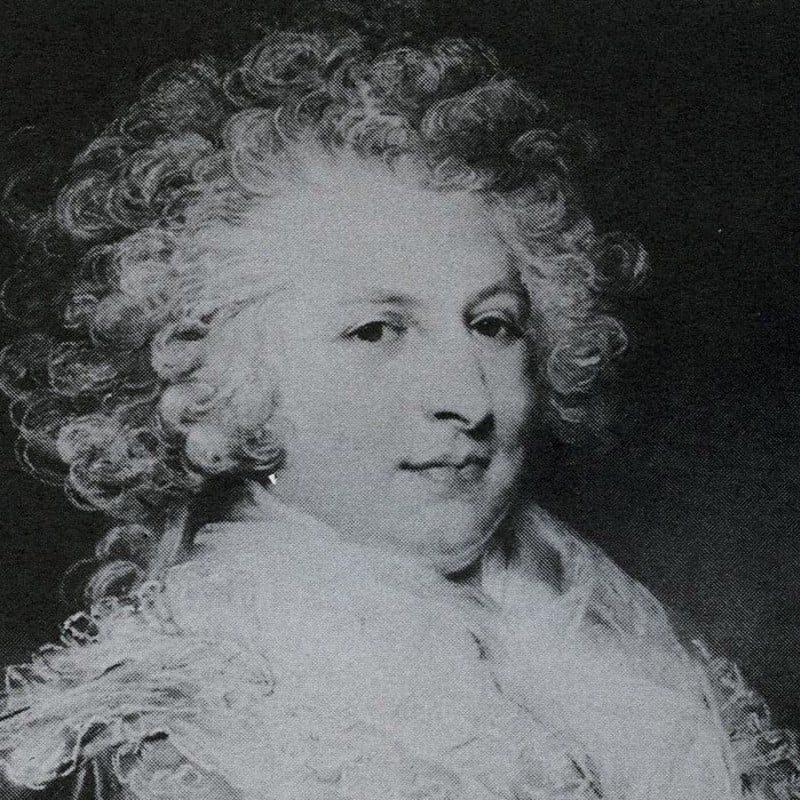
Sarah Sophia Banks Library
Soon after the establishment of the Royal Mint Museum in 1816 the collection was enhanced by a substantial gift of coins and medals from the estate of Sarah Sophia Banks.
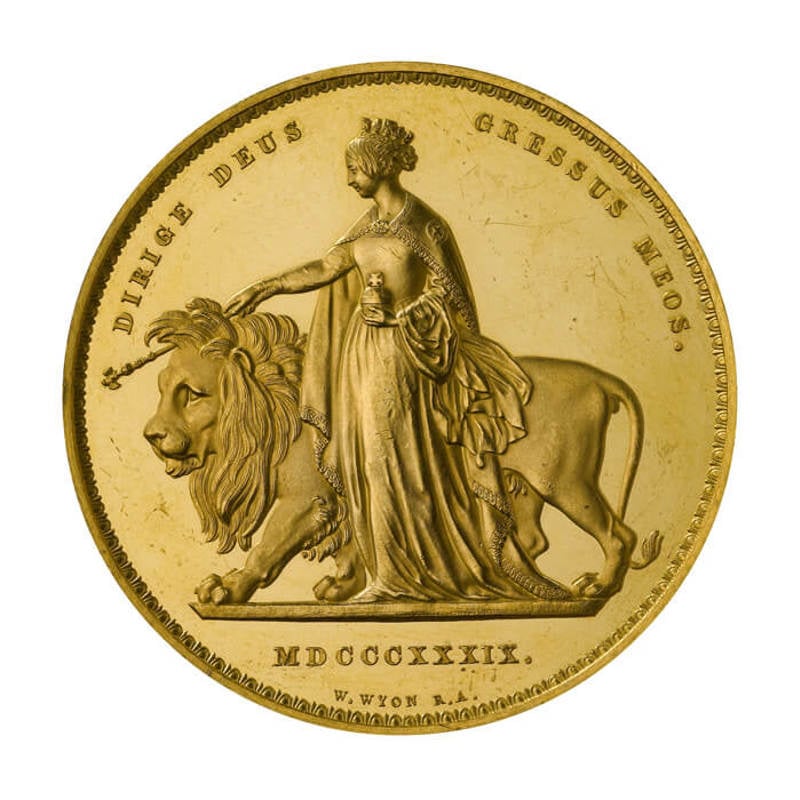
Coins
The Museum collection contains over 80,000 coins which span from ancient times to the modern day.
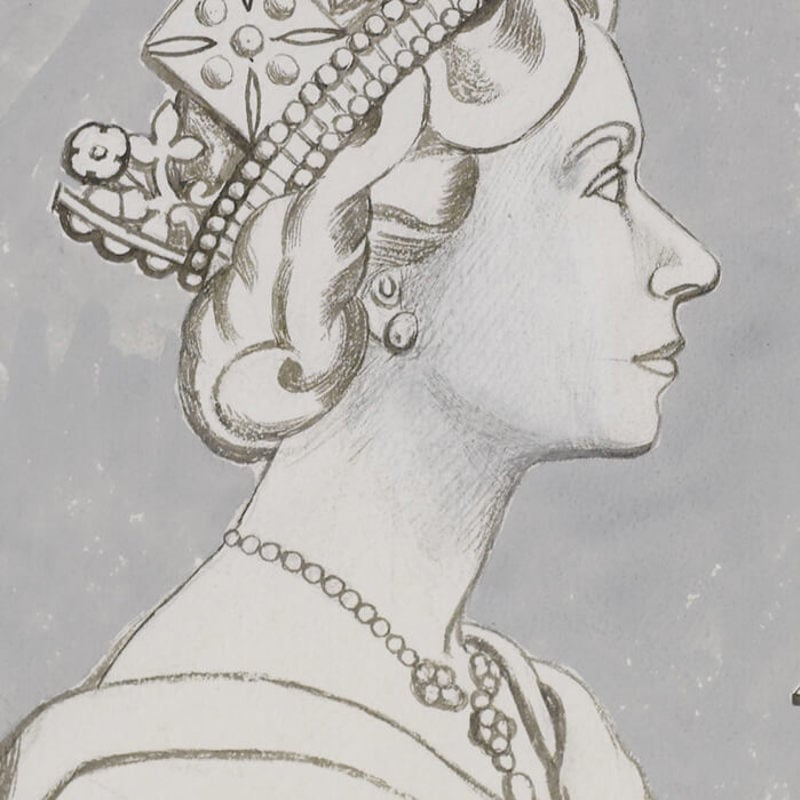
Artwork and Plaster Models
This section of the collection comprises artists’ drawings and plaster models for coins and medals.
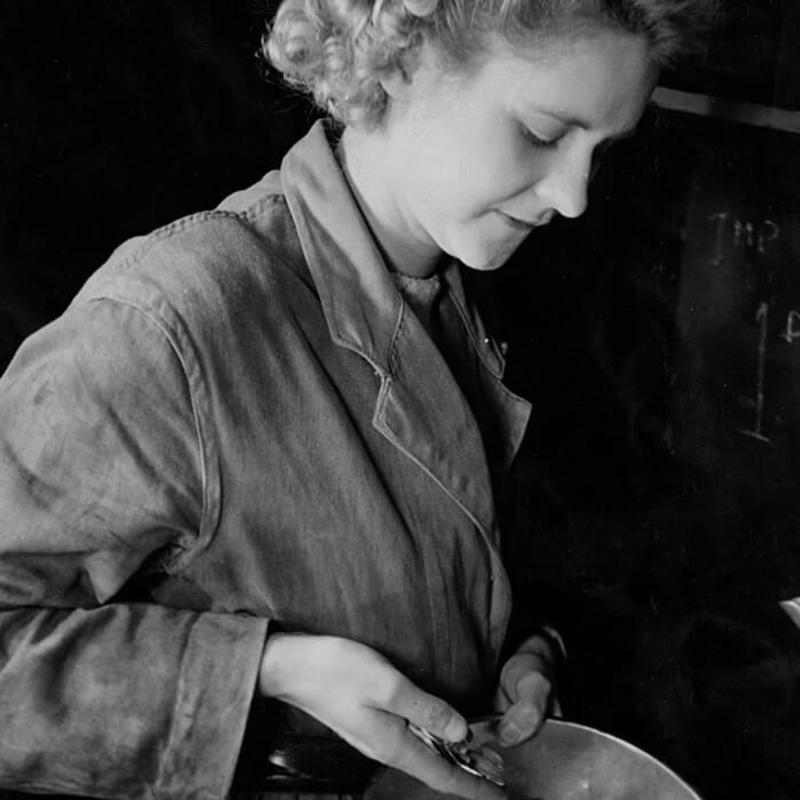
Women in the Mint
How did women begin working in coin production and how has their role in the Mint changed over time?
